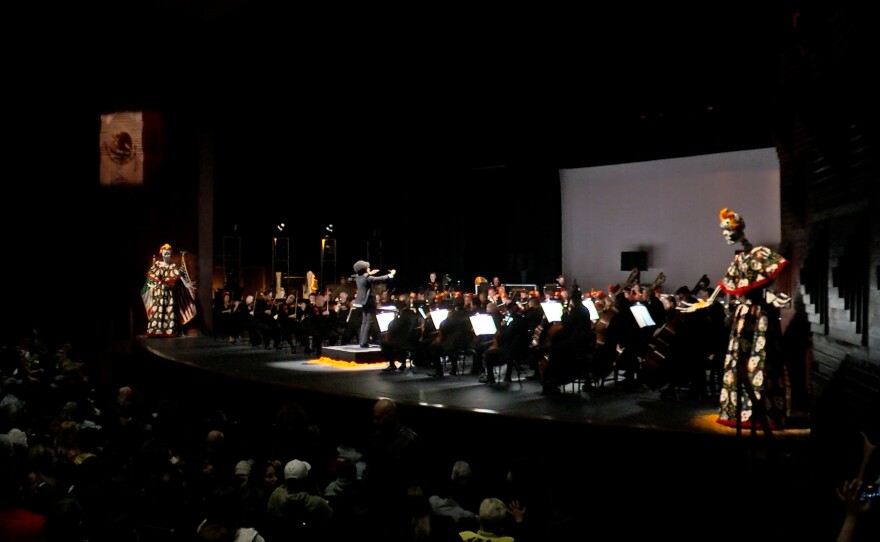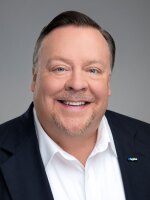
Fresh off a national tour that ended with a performance in Carnegie Hall last month, the San Diego Symphony was on the road again last week — outside of the United States, but close to home.
“To come here is I think important as we look for cultural bonds and connections," said Symphony CEO Martha Gilmer.

The “here” she was speaking of is Tijuana's CECUT, a cultural center where the Symphony presented a free concert last week.

At a pre-concert news conference, Gilmer and the Consul General of Mexico in San Diego, Carlos Gonzalez Gutierrez, spoke of the transcendent meaning of this cultural event.
“Their work has to benefit everybody, it has to reach every member of this single region," Gutierrez said. "Although it’s composed by two regions, it’s in the end one sole region."
Gilmer said, “The need for understanding and compassion and communication in our world is more important than ever, and music can help us do that."

The main purpose of the California Festival is to showcase works that are five years old or newer, like David Chesky’s "The Abreu Danza No. 4."
“San Diego Symphony Orchestra, the Los Angeles Philharmonic and the San Francisco Symphony Orchestra are the anchors for the California Festival which is a three-week period of time and we’ve invited many, many musical organizations around the state, 100 as a matter of fact, to perform new music, to showcase new composers," Gilmer said.

But not just new composers; some of a previous era who broke the norms of their day were included, like Richard Strauss and his famous "Also Sprach Zarathustra," which requires the full 90-member orchestra, including an organ!
As you might imagine, moving the full orchestra across the border, including two harps, a marimba and of course the organ was quite the logistical challenge. That job primarily fell to the symphony’s Vice President of Impact and Innovation, Laura Reynolds.

“It’s a complicated jigsaw puzzle of packing that our incredible production team put together," Reynolds said. "It has taken months of planning to figure out how many musicians, how many instruments, how we’re going to get it across the border in both directions."
The CECUT theater seats about a thousand people, and it was full; hundreds were turned away from the Nov. 2 concert.

The concert date not only fell on Día de Muertos, but also in the 200th anniversary year of the establishment of relations between the U.S. and Mexico — a day, Gilmer said, "(to) heal the wounds of our souls through friendship and music."






